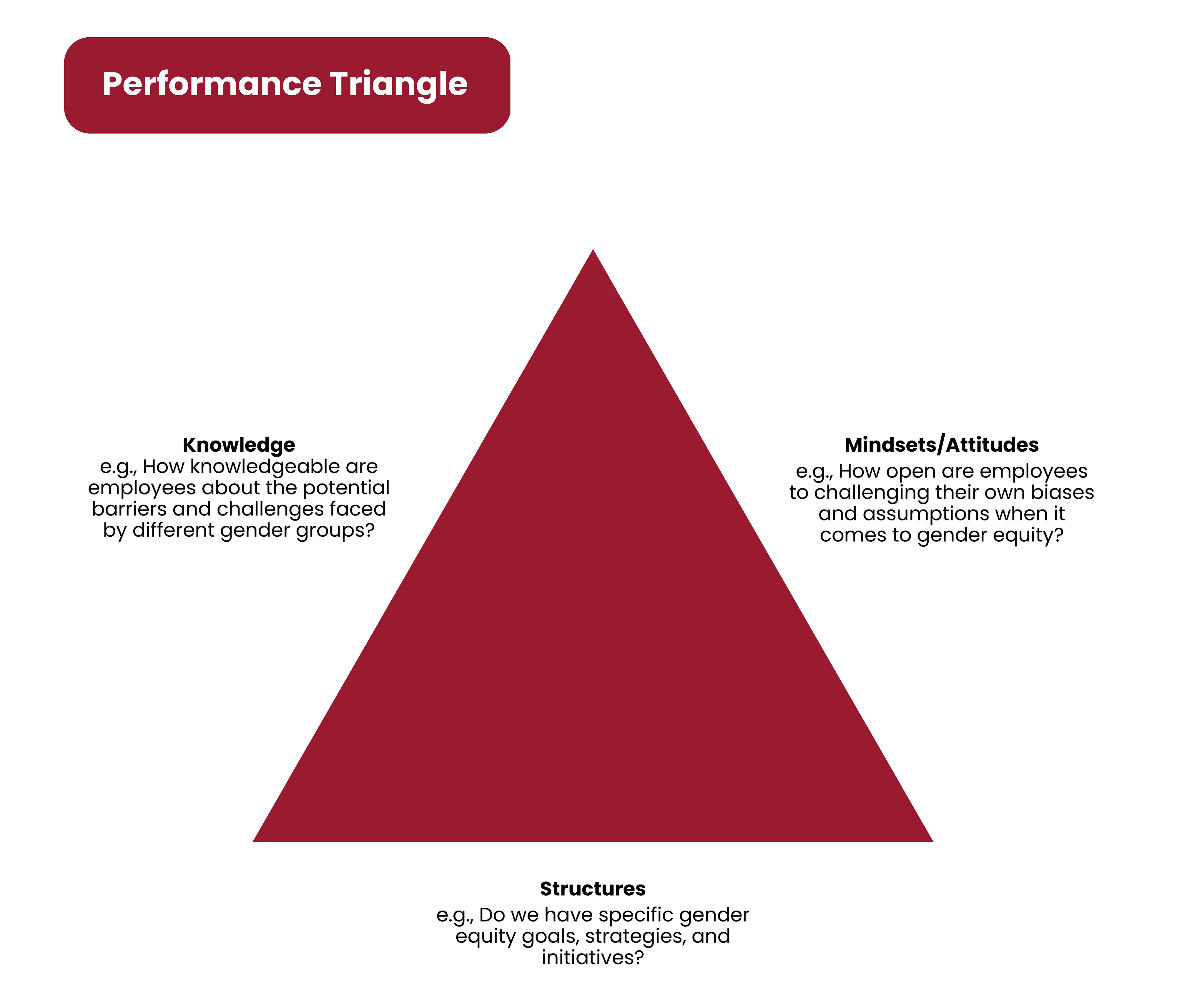Harbour Sport leads by example in women and girls space
Harbour Sport leads by example in women and girls space
Leading change for women and girls
It was a set of brain teasers that got the Harbour Sport staff really contemplating gender equity.
And it was Emily Hodges, the first Women and Girls Strategic Lead at Harbour Sport, who put the puzzles to them.
“When we started having more conversations about gender equity issues internally, we noticed there was quite a knowledge gap,” she says. “So leadership saw the need to invest in personal development and training in this space. We had a session with brain teasers that challenged people’s unconscious bias - and opened quite a lot of eyes.”
One example: A dad and his son are in a car accident. The dad dies but the child is rushed to hospital in a critical condition. The surgeon says: ‘I’m sorry I can’t operate on this boy – he’s my son’. How is this possible?
The answer? The surgeon is his mum. Many people, it turned out, didn’t imagine the surgeon was a woman.
“This illustrates that people often don’t know they hold these deeply ingrained biases or stereotypes relating to gender,” Hodges says. “A lot of my colleagues came up to me after and said they were shocked to learn they had these biases - and it made them interested to unpack that and learn more.”
Harbour Sport General Manager Richard Casutt said using brain teasers to challenge internal biases helped make the topics easier for staff to talk about.
“That way, when the penny drops, they have a bit of a laugh and realise we're not here to tell you off but to educate,” he says.
The Women and Girls Lead role didn’t exist at Harbour Sport until Hodges suggested the position. “I had a passion for this space and saw a gap,” she says. Later in 2021, investment came from Sport New Zealand and Aktive – Auckland Sport and Recreation to help fund the role.
It was timely. Harbour Sport wanted to improve and promote gender equity within their organisation and demonstrate the best practice approach they could then take to their community. “You can’t talk it if you’re not walking it yourself,” Casutt says.
"Change has to be organisation-wide – not just female-led.”
An internal working group - diverse in age, ethnicity and gender – was established to review internal policies, processes and planning through a female lens. The review revealed Harbour Sport didn’t have strategic planning or financial resource dedicated specifically to the women and girls space, and the gender pay gap wasn’t monitored either.
The Harbour Sport board then commissioned myHR to do a pay review process to identify any disparities amongst staff, using Sport NZ funding.
Independence and transparency were key in that review, Casutt says. “Our board wanted to know where we sat as an organisation in the market in regards to pay equity, especially as our staff is 65 percent female,” he says.
The review showed there was only a small pay difference to be addressed, “and the disparity was in our system,” says Casutt. “So whether it was male or female, there were people paid lower than they should have been, and our equity is low in the market.” Pay monitoring is now a routine practice for Harbour Sport.
Other strategies Harbour Sport has implemented include offering professional development opportunities tailored to female staff and embedding a diversity lens within all the organisation’s decision-making and planning. Female staff now feel they have platforms for their voices to be heard.
Integral to how Harbour Sport operates and makes change is the Performance Triangle: knowledge, mindsets/attitudes and structures. “It’s a simple visual to help us understand the readiness to change,” Hodges says.

Having male allies has also been critical to applying the women and girls lens. “Our GM and CE are male, and they’ve been our biggest allies,” Hodges says. “Sometimes they’ve been really challenged in their beliefs, but they tackle it with an open mind which has contributed massively to our efforts. Change has to be organisation-wide – not just female-led.”
Casutt said change can sometimes be confronting, but he welcomed it. “I wanted to improve myself and be aware because then I could help others improve,” he said.
That’s a philosophy now being passed through Harbour’s sporting community. “It’s about having that upfront discussion and making it safe for everyone to discuss, because everyone's interested in being better in this area,” Casutt says. “We’re helping our sports and recreation organisations have a women and girls lens in their own organisation - and not one token person, but a structure of people to build something really meaningful.”
For Hodges, the most encouraging outcome was seeing a change in attitudes and mindsets within the organisation. “Structure and resources are important, but mindset is a huge thing – it can completely block change from succeeding,” she says.
“You may have the smartest people in the room and the best structures in the world, but if you don’t have mindsets on board, nothing’s going to change.”
Hodges is now doing her OE in Europe, and Kendra Tate, who was with Sport Gisborne Tairāwhiti and is a high-performance coach in canoe racing, has taken up the Women and Girls mantle.
